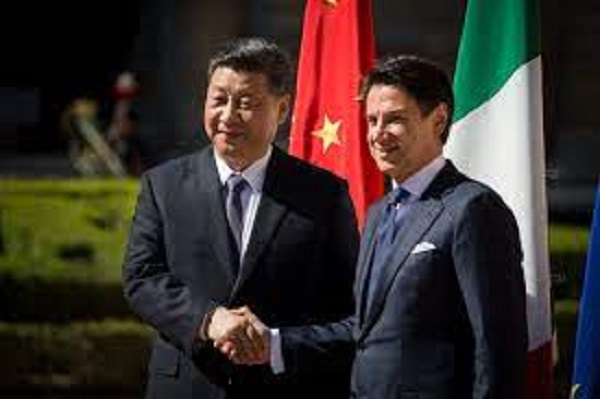However, Yu issued a warning, pointing out that the absence of information around the loans implied that the projects’ sustainability was also unknown.
“Due to a lack of accountability and transparency, there are doubts over the long-term viability of the projects financed by China’s underreported loans. Long-term, the deficit will increase even though foreign direct investments will soar in the early phases of the projects.
One well-known example is Sri Lanka, which in 2017 was forced to turn over a strategically important port to Beijing due to its inability to settle its debt with Chinese businesses.
It was viewed as an illustration of debt-trap diplomacy, in which nations with debt to Beijing may be compelled to cede land or make severe concessions in the event that they are unable to pay obligations. The administration of Chinese President Xi Jinping, meanwhile, has refuted reports that the nation is using this tactic.
The IMF refrained from commenting, instead sending CNBC a speech made by Christine Lagarde in April. In saying that “debt sustainability… will strengthen BRI sustainability,” she didn’t seem to address the problem of concealed debt impeding the analysis her group could perform.
“Investments in infrastructure, if not handled carefully, can result in a problematic increase in debt,” the speaker stated.
